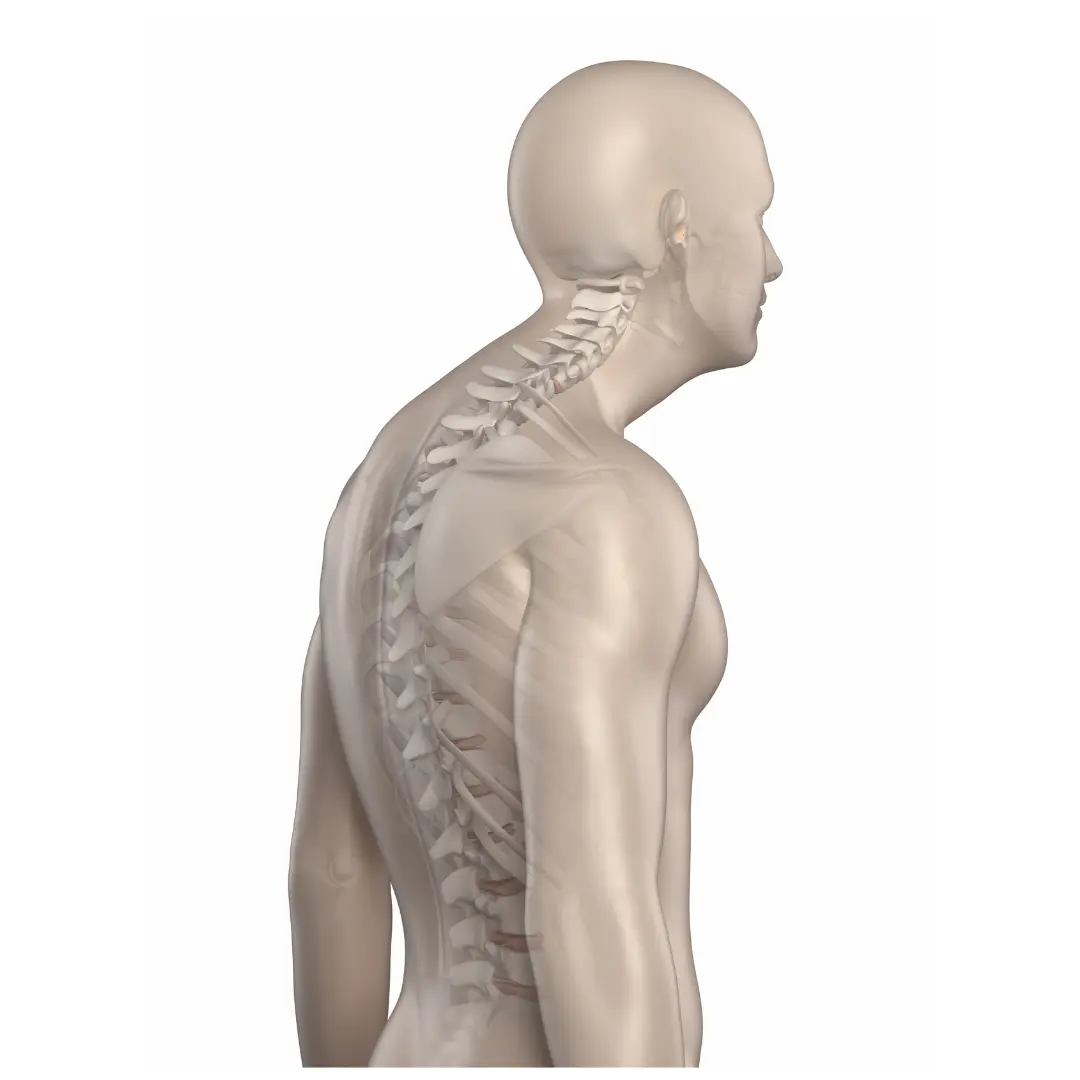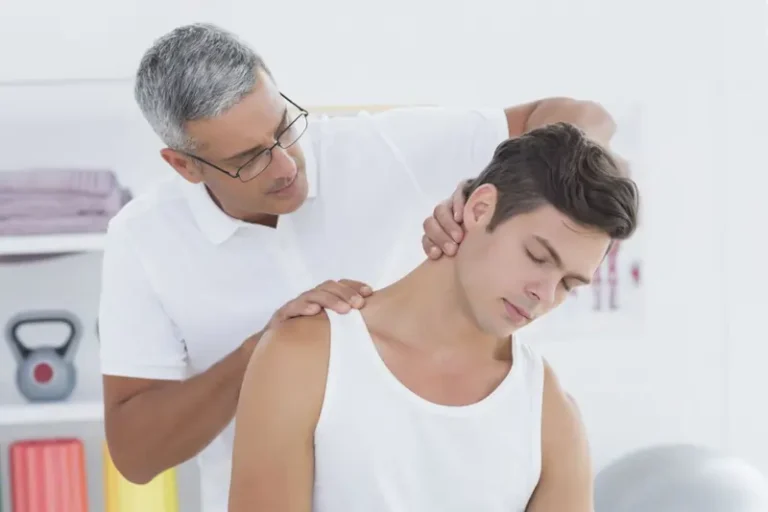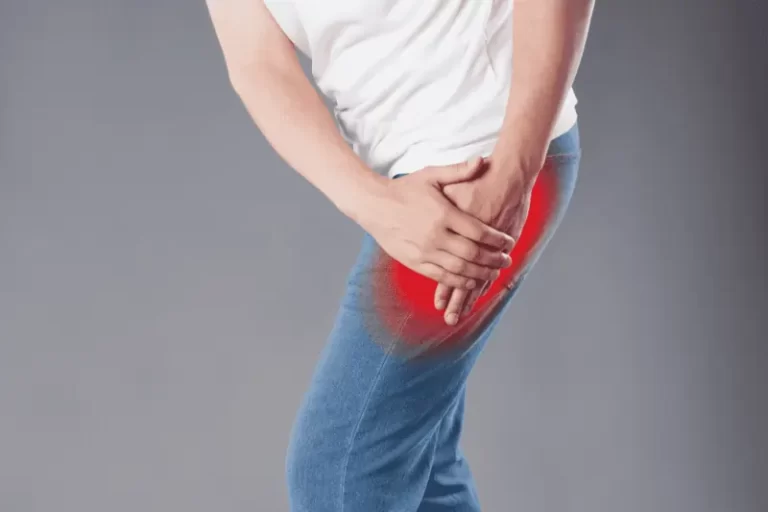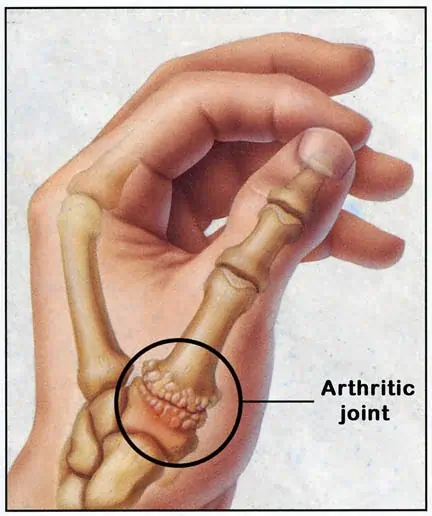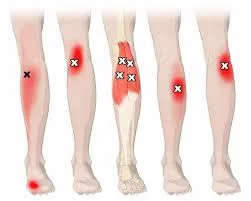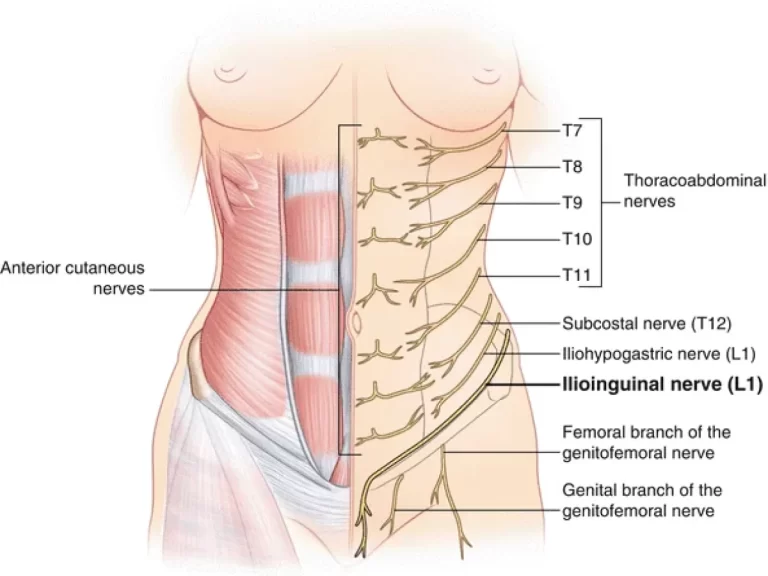Hunchback Posture
Introduction
Hunchback posture, hyperkyphosis (also known as Dowager’s hump), and just rounded shoulders are other names for hunched-over posture. It generally consists of a forward-leaning head posture along with slouched shoulders.
In addition to being ugly, hunching over can impair one’s movement and even balance. Although kyphosis, another name for a hunchback, might be painful, it can be treated with medication and altered lifestyle choices. As soon as you become aware of the curvature, get in touch with your physician.
They may give you a brace fitting or recommend that you see a specialist. Use a variety of exercises to stretch and strengthen your neck and back on your own. You may also alter your work and sleep habits to prevent the curve from growing further.
Kyphosis is an excessive curving of the spine that finally results in an upper back hump. By maintaining good posture and engaging in certain back and neck strengthening activities, you can avoid this.
Overly curving the spine results in kyphosis, which eventually gives the upper back a hump-like look. Twenty to forty percent of senior citizens suffer from kyphosis. In women, the thoracic curve changes most between 50 and 70 years of age.
Understanding hyperkyphosis (hunchback)
Hyperkyphosis is the medical term for the persistent forward-leaning posture. A C-shaped curvature of the upper spine is a characteristic of this disorder. Poor posture can cause the upper thoracic vertebrae to bend abnormally over time and can result in a lump of tissue at the base of the neck.
You usually have a forward head position and the natural cervical curvature is gone.
Both the condition’s severity and its symptoms can vary, and these symptoms include:
- rounded shoulders, a hump on the back, stiff neck muscles, a heavy feeling in the head, or tension headaches from the back or neck
- Men and women are equally prone, with a higher incidence in middle age.
What Causes Hunchback Posture?
The most frequent reason is poor posture. I’ve already discussed posture and how much it affects your health. Many individuals spend hours a day hunched over their cellphones, tablets, and laptops due to the rising use of these devices; this is in addition to the possibility that their desktop computer is not configured ergonomically.
Your head is thrusting forward when you have a hunchback condition, which puts a lot of strain on the base of your neck. To what extent is stress? Well, your neck is subjected to an additional 10 pounds of stress for each inch that your head deviates from its natural position! Research indicates that both hyperkyphosis and loss of the cervical curve might lower lung capacity and spinal cord conductivity.
Additionally, poor posture can result from:
slumping or stooping over, such as when watching TV or using a computer; leaning back in seats; or bearing large objects on your back, like a rucksack full of books
Exercise and maintaining proper posture may frequently treat hunchbacks that result from bad posture. Some people experience more severe cases of hyperkyphosis because:
- Faults in compression and osteoporosis
- Congenital issue
- Age-related loss of postural muscle tone: 20–40% of elderly persons are thought to develop hyperkyphosis.
- Keeping your posture correct is the best defense against hunchback. Exercises that strengthen the core might also be helpful.
Hunchback Posture Test
Here are three easy methods to check if you have a forward-hunched cervical spine.
- Radiography
You can tell whether you have a hunched back by getting a side-view X-ray of your spine.
Remember that obtaining an X-ray will require some radiation exposure.
(If you would prefer not to subject your body to radiation, consider the other techniques listed below.)
- Observation
upper backtest hunch
Guidelines:
- Snap a picture of your lateral aspect.
- Observe how your upper back is shaped.
- Findings: If you see a noticeable curvature in your upper back, you probably have a
The hunchback position.
- Wall Examination
check for kyphosis in the thoracic spine region (hunchback posture)
Guidelines:
- With your back against a wall, take a stand.
- Keep your heels pointed slightly apart from the wall.
- Try to lean your entire back against the wall.
- Avoid overly bending your lower back.
- Is it possible for you to maintain most of your back against the wall?
- Findings: You probably have a hunchback posture if you can’t maintain the majority of your spine in touch with the wall.
There will probably be a big space between your back and the wall if you can’t maintain the majority of your back in touch with it. The wall in the lower back, upper back, and back of the head.
Options for Treating Hunchback
Although manual therapy, such as massage and mobilization, is beneficial, we will concentrate on hunchback-relieving stretches and exercises that you may perform at home on your own.
Hunchback Posture Correction Exercises
The Thoracic Spine Foam Roll
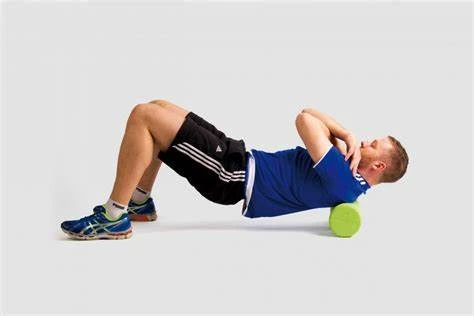
- It’s an effective way to release tension in the upper back.
- With a foam roller beneath your upper back and your hands behind your head, lie on your back for support.
- Roll gently up and down, pushing your way up to your shoulders around your mid-back.
- Keeping your core firm, roll using your legs.
- Roll smoothly and slowly; don’t hurry.
Arm in the wall, one at the chest
This will open up your shoulder and arm, as well as your pec muscle.
- Stretch out your arm straight and place it palm down against a wall.
- Turn your body such that the elongated ar
- Breathe and hold for thirty seconds.
- Turn to the opposite side.
Suggested Programme:
The Full Posture Correction – Adjust your rounded shoulders and forward head posture, improve your ergonomics, stop experiencing pain, and get more range of motion.
The Thoracic Extensions
Open up your upper back with this one.
- Stand with your knees bent in front of a chair or other sturdy object.
- Put your elbows on the chair on both sides.
- Lean slowly away from the chair and let your hips drop.
- Your shoulder blades, triceps, and upper back should all feel stretched.
- Hold for 60 seconds, ranging from one to three sets
- Keep your lower back from arching and tuck your pelvis in (posteriorly).
Wall-Slides
- Your shoulders, upper back, and back muscles will all be worked during this workout.
- Put one foot in front of the other and place your forearms on the wall with your elbows bent 90 degrees.
- Now, without arching your lower back, slide your forearms up the wall and then down it.
- Aim for two sets of fifteen repetitions.
Tuck Your Chin
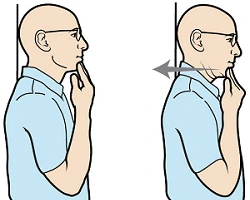
The deep cervical (front neck) muscles in your neck will become more active and strong as a result of this workout.
- Put two fingers at your chin’s base.
- Pull your head back and tuck your chin in gently. Keep the chin tucked in the entire time using your fingers at the same time.
- For three to five seconds, hold the final position.
- Take a moment to unwind and let your neck come forward.
- Aim for two or three sets of 10 repetitions.
- There will be compression in front of your neck and you should feel that the rear of your neck is extending or “pulling up.”
Use pull-apart bands to stretch
- Take a thin band and grasp one end with each hand. Position your hands shoulder-length apart and straight out in front of you, palms down. Pull your hands apart until the band hits your chest, bending your elbows just a little bit. For the remaining repetitions, repeat.
- You can perform a lot of repetitions because this is a very light workout.
- Step 3: Stretch yourself like a cross.
Execute a cross-shaped stretch
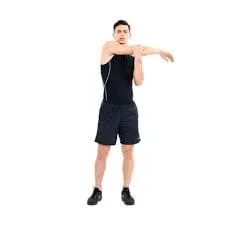
- You may use this exercise daily to build stronger muscles in your back. Stretch your arms out to the sides as you stand up. Maintain them at shoulder level. Turn your wrists so that your thumbs point in the other direction. Additionally, slowly extend your arms back. Keep your arms in position. Let go and carry on.
Perform rotations of the t-spine
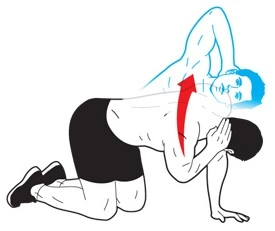
- Assuming you have a hunchback, you probably have less spinal movement as well. Get on all fours on an exercise mat to raise it back up. Raise your right hand and place it over your back. Slide your right elbow beneath your left pectoral muscle just a little bit. Then, with your other hand and legs remaining on the mat, carefully swing it upward as high as you can.
- Use your eyes to track the rotation of your elbow for maximum effect.
- To keep your body balanced, remember to alternate sides.
Perform a swimming maneuver
- Onto your stomach, lie down on an exercise mat. Stretch out your legs and arms in front of and behind you.
- Place your palms palm down on the mat. Additionally, place your head on the mat. After that, raise your head, left leg, and right arm. Grasp them for a brief moment. Set them down, then switch to your head, left arm, and right leg.
Cat and cow
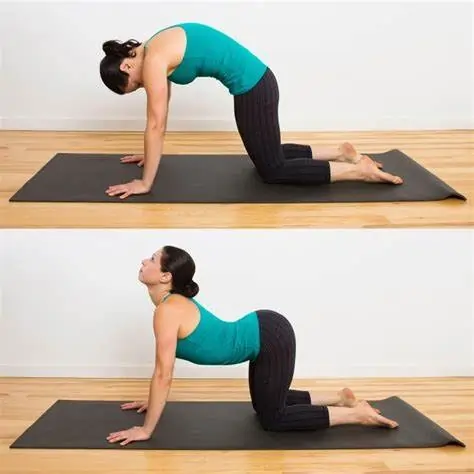
This exercise promotes blood circulation, releases stress from your shoulders and neck, and stretches and massages your spine.
- Lie on your hands and knees, pretending to be a cat.
- Gazing upward, take a breath, lowering your belly while you stretch your back.
- Pull your chin into your chest and arch your spine towards the ceiling as you release the breath.
- For at least a minute, keep up this movement. Do it three times.
The cat-cow position is a great way to ease neck strain.
Superman

- Superman’s stance works the glutes, shoulders, and lower and upper back.
- It can help you seem less hunched over by strengthening your upper back muscles and relieving tension in your chest.
- Laying on your stomach, extend your arms in front of you.
- Inhale deeply. Elevate your head, chest, feet, and thighs simultaneously and slowly. Continue to concentrate on breathing and stretching.
- For four to five seconds, maintain this stance.
- Make every effort to use your pelvic and core muscles. The muscles in your stomach and glutes will start to burn!
- When you first start, you can do this three or four times.
Wall push-up
- Wall push-ups strengthen your anterior deltoids, which aid in shoulder mobility, as well as your biceps, triceps, and pecs. In addition, this exercise works the muscles in your hips, back, traps, and abs.
- Make use of your home’s walls to straighten your posture.
- First, take a straight stance in front of a wall. Retain a foot or so of distance.
- Do not put your hands on the wall and maintain a hip-width distance between your legs. Shoulder-width apart is the appropriate hand-width. The position of your body when you lay your palms on the wall must be slightly angled.
- Take a breath now and press yourself against the wall. Keep it for a moment. Breathe in and press yourself up against the wall. This counts as one rep. Proceed with this now. Novices can perform 4 sets of 10 repetitions.
Cobra posture
- The eighth stance in the Surya Namaskar, or sun salutation, series of yoga poses is the cobra pose, also known as bhujangasana. One of the finest positions for toning your neck and back and strengthening your spine as well as your shoulder is the backbend.
- It’s simple and quick to accomplish this stance!
Guidelines:
- Assume a flat stomach position, place your hands on your sides, and make sure your toes contact.
- Now elevate your head and trunk, inhale, and rest your weight on your palms.
- Breathe regularly for 15 to 30 seconds when you hold the pose.
- A deep backbend may expand your lungs, shoulders, chest, and belly while strengthening and extending your spine.
Plank on the forearm
- This is a traditional plank. Your upper body will be more affected by the plank posture the longer you hold it.
- It’s simple and quick to accomplish this stance!
- The plank is an advanced exercise that strengthens the entire body, develops strong abdominal muscles, and boosts stamina.
Guidelines:
- Put yourself in the push-up posture.
- Lay your forearms down on the floor. Put your hands and forearms on the ground by bending your elbows to a 90-degree angle and leaning forward.
- Maintaining a straight torso, equally distribute your weight on your upper arms while contracting your core and glutes.
- Remember to also bear the weight on your back.
- While you’re here, look ahead and initially keep this position for 10–20 seconds. Continue adding seconds each time you enter a plank.
- Do not forget to breathe!
Correct Your Ergonomics
If you spend eight hours a day sitting with bad posture, you should at the very least adjust your ergonomics. A comprehensive guide on desk-positioning best practices can be found here, but to get you started, consider these three:
- Raise your laptop or other gadget to eye level. By doing this, you’ll be able to avoid bending over and looking down at your computer.
- Invest in lower back support with a lumbar cushion. This will encourage the natural “S” curvature in your spine rather than cause you to sit with a “C” curve.
- Make sure your head is not thrusting forward by being conscious of your posture. To align your head with the rest of your body, just tuck your chin in whenever you see it jutting forward.
Ensure that everything is at eye level.
- One of the primary causes of a hunchback is gazing down at items all the time rather than looking up or even straight ahead with your head. Try holding your phone at eye level as you browse or text to make a difference. Apply the same principle to your book or e-reader. To raise your laptop to eye level, you may also buy a rack or stand.
- As you check your posture, set an alert.
- As you check your posture, set an alert. It’s really simple to forget to maintain your excellent posture throughout the day, particularly at work. Set a 30-minute timer on your phone to prevent yourself from slouching over the keyboard. Check your posture by pushing your shoulders back and straightening your spine when the alarm goes off.
- Some individuals find it useful to stick sticky notes with reminders, such as “Straighten up!” around their work.
Use a contoured pillow as you sleep.
- Use a contoured pillow as you sleep. Visit your neighborhood mattress store and peruse their selection of pillows. Seek out a pillow that is intended to support your neck and head in the correct position during the night. These pillows, which often consist of foam, feature two outside ridges and a depression in the center of your head.
- When switching from a standard pillow to a contoured one, be ready for a little adjustment time.
- At least initially, you might find it difficult to sleep in any other position than on your back.
- There are occasions when a firm bed can also aid with hunchback improvement.
Eat an abundance of meals high in calcium and vitamin D.
- Eat a lot of meals high in calcium and vitamin D. The development and upkeep of strong bones in your body are directly attributed to these two nutrients. Make it a point to increase your intake of citrus fruits, leafy greens, cheese, and fortified drinks or cereal products. Make a kale salad for lunch or bring an orange to work as a midday snack.
- To make sure you are getting enough calcium and vitamin D, you can also take a multivitamin. But it’s always preferable to receive your vitamin D from the sun and your nutrients from your diet.
Summary
- Hunchback The hunching over the upper back is known as posture.
- Another name for it is Thoracic Hyperkyphosis.
- The straightforward activities outlined in this blog article might help with it.
- You may also need to address other parts of your posture that may be influencing your overall posture if your upper back posture does not improve after trying these exercises consistently.
- Keep in mind to pay closer attention to your posture all day long.
FAQs
Can you fix the hunchback posture?
Exercises for Kyphosis: How to Handle a Rounded Upper Back
Exercise, proper posture, and chiropractic adjustments can all assist in correcting the rounded upper back. Exercise may have a beneficial impact on the angle of the thoracic kyphosis, according to a 2019 review of research on the subject.
Can hunchback be cured?
Therapy for the kyphosis
Medication for osteoporosis can slow the disease’s advancement by fortifying the bones. Additional kyphosis treatments include: Posture can be improved with physical therapy, which focuses on stretches and exercises that strengthen the back and core.
What is the cause of a hunchback?
Adults may develop kyphosis as a result of degenerative spine disorders, such as arthritis or disc degeneration. osteoporosis-related fractures (also known as osteoporotic compression fractures) Trauma (injury), etc.
Is it bad to hunch your back?
Long-term hunching when sitting or standing can lead to uncomfortable strains in your abdominal, back, and core muscles. This can also reduce blood flow to these muscles and gradually create stiffness and weakening in your lower back and trunk.
Can stress cause hunchback?
Bad posture: We may slouch or hunch over when we’re anxious, which can put a strain on our neck and back muscles. Reduced blood flow: Another effect of stress is the constriction of blood vessels, which lowers the amount of blood that reaches our muscles and tissues. Insufficient blood supply can cause muscles to stiffen and hurt.
References
- How To Fix Hunchback Posture. Posture Direct. https://www.posturedirect.com/how-to-fix-a-hunchback-posture/
- How to address hunches (and why they occur in the first place). Life Care Chiropractic and Wellness Center. https://lifecarechiropracticandwellness.com/featured-articles/how-to-treat-hunchback/
- Do you have a hunchback? Practice these exercises regularly to reverse it. Health shots. https://www.healthshots.com/fitness/staying-fit/6-exercises-to-get-rid-of-a-hunchback/
- 3 Ways to Fix a Hunchback – wikiHow. wikiHow. https://www.wikihow.com/Fix-a-Hunchback
- How to Get Rid of Hunchback Posture. Back Intelligence. https://backintelligence.com/hunchback-posture/

